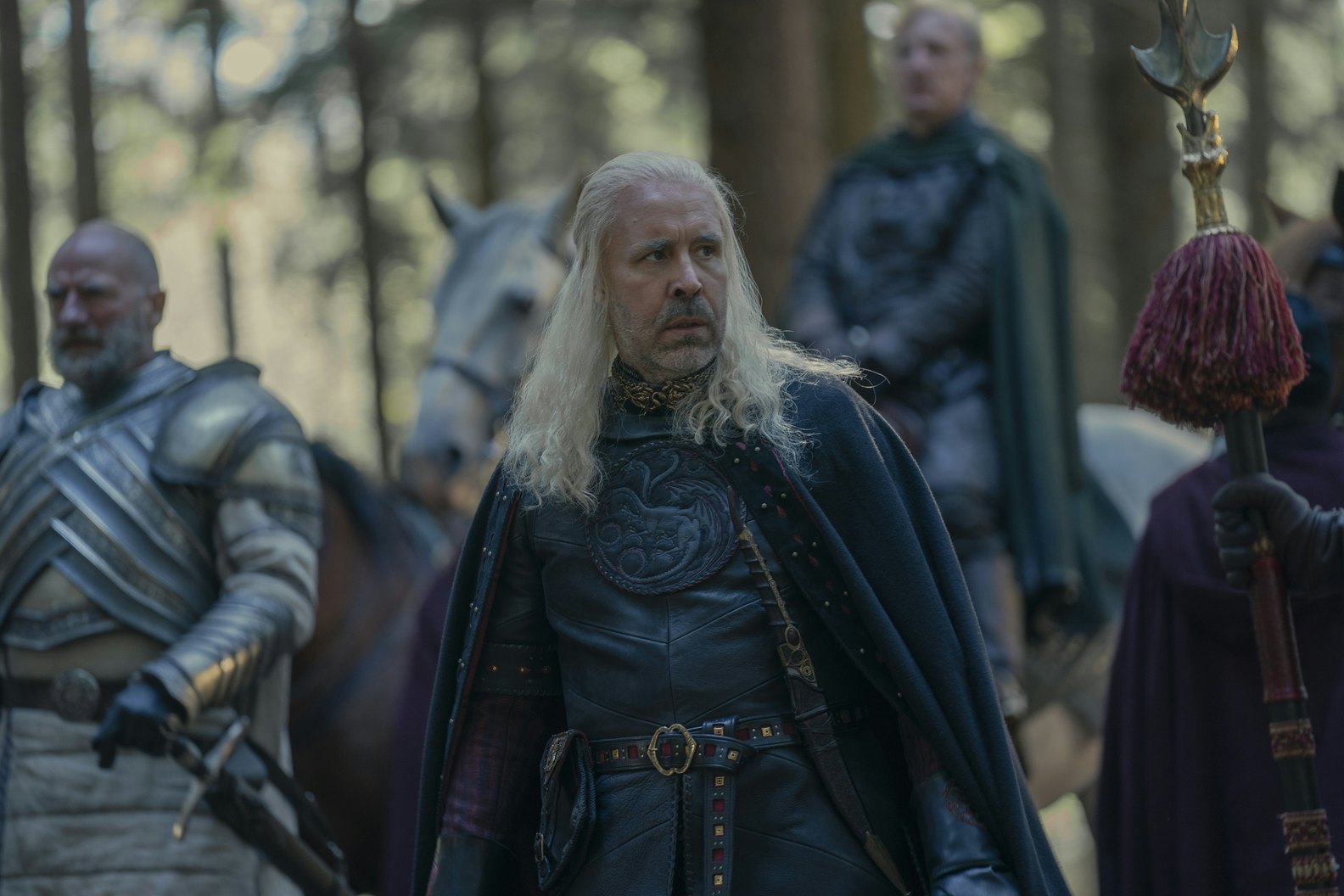
Paddy Considine’s Viserys Targaryen is a superstitious man, and in House of the Dragon Episode 3, his belief in the power of dreams and symbols leads him into a drunken depression. The third installment of the Game of Thrones prequel sees Viserys doubt whether he made the right choice in naming his eldest daughter, Rhaenyra (Milly Alcock), as his heir to the Iron Throne now that Aegon, his first son with Alicent Hightower (Emily Carey), is growing up.
There are several reasons why Viserys begins to second guess himself, but it’s ultimately the emergence of a rare creature that makes the biggest impact on his mind.
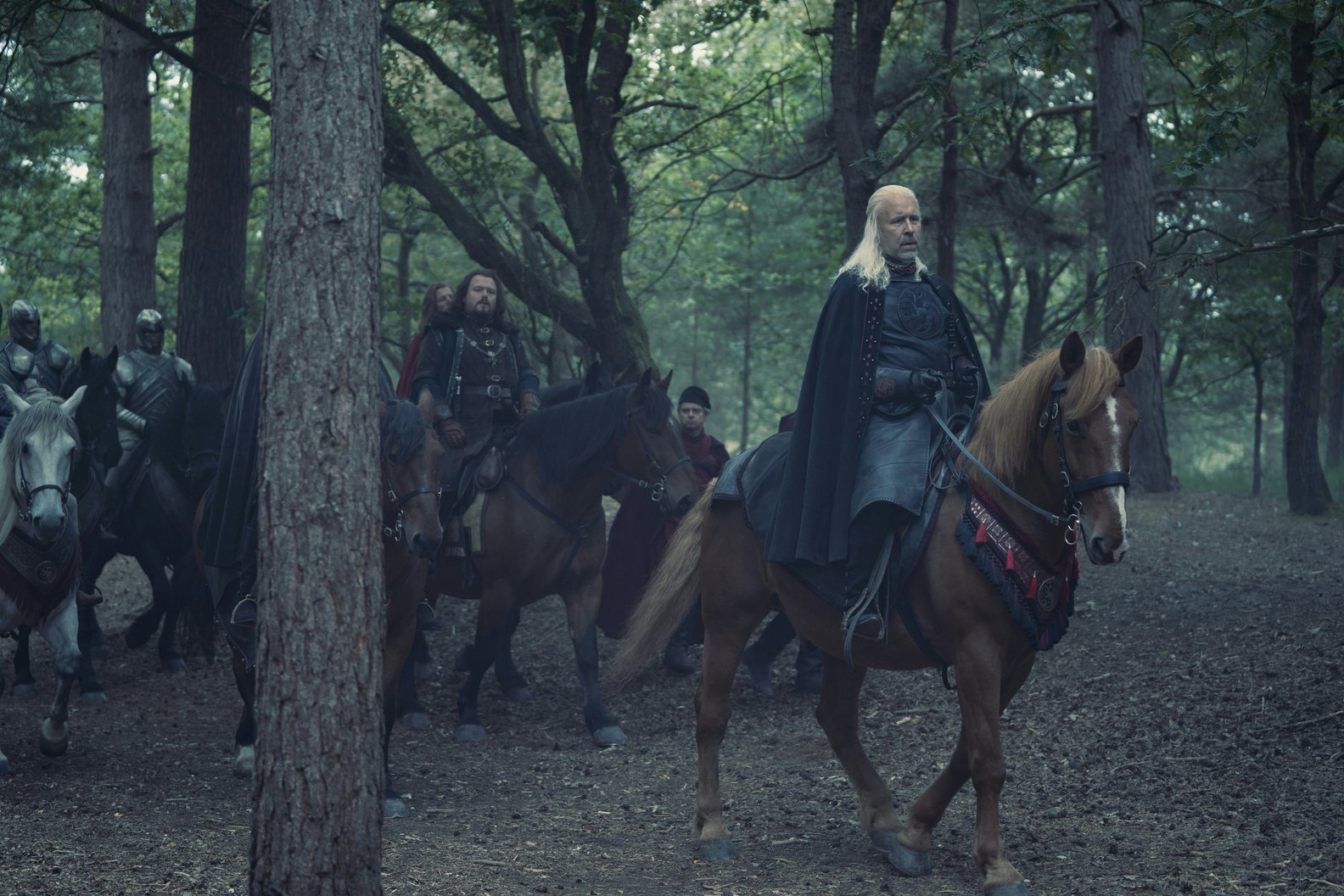
Hunting the White Hart — The latest House of the Dragon episode, “Second of His Name,” dedicates most of its runtime to a royal hunt held by Viserys in celebration of the second birthday of his son, Aegon.
Early in the episode, Viserys is informed that his royal huntsmen have begun tracking a white hart, a stag that’s referred to by Otto Hightower (Rhys Ifans) as “the king of the Kingswood.” Later, when Viserys meets with his huntsmen, one of them says, “Before the dragons ruled over Westeros, the white hart was a symbol of royalty in these lands.”
The remarks force Viserys to wonder if the white hart’s emergence on his son’s second birthday is a sign from the gods that Aegon should replace Rhaenyra as Viserys’ heir to the Iron Throne. However, the actual events of Episode 3 suggest that the matter of Viserys’ succession isn’t as clear-cut as he and Otto Hightower would like it to be.
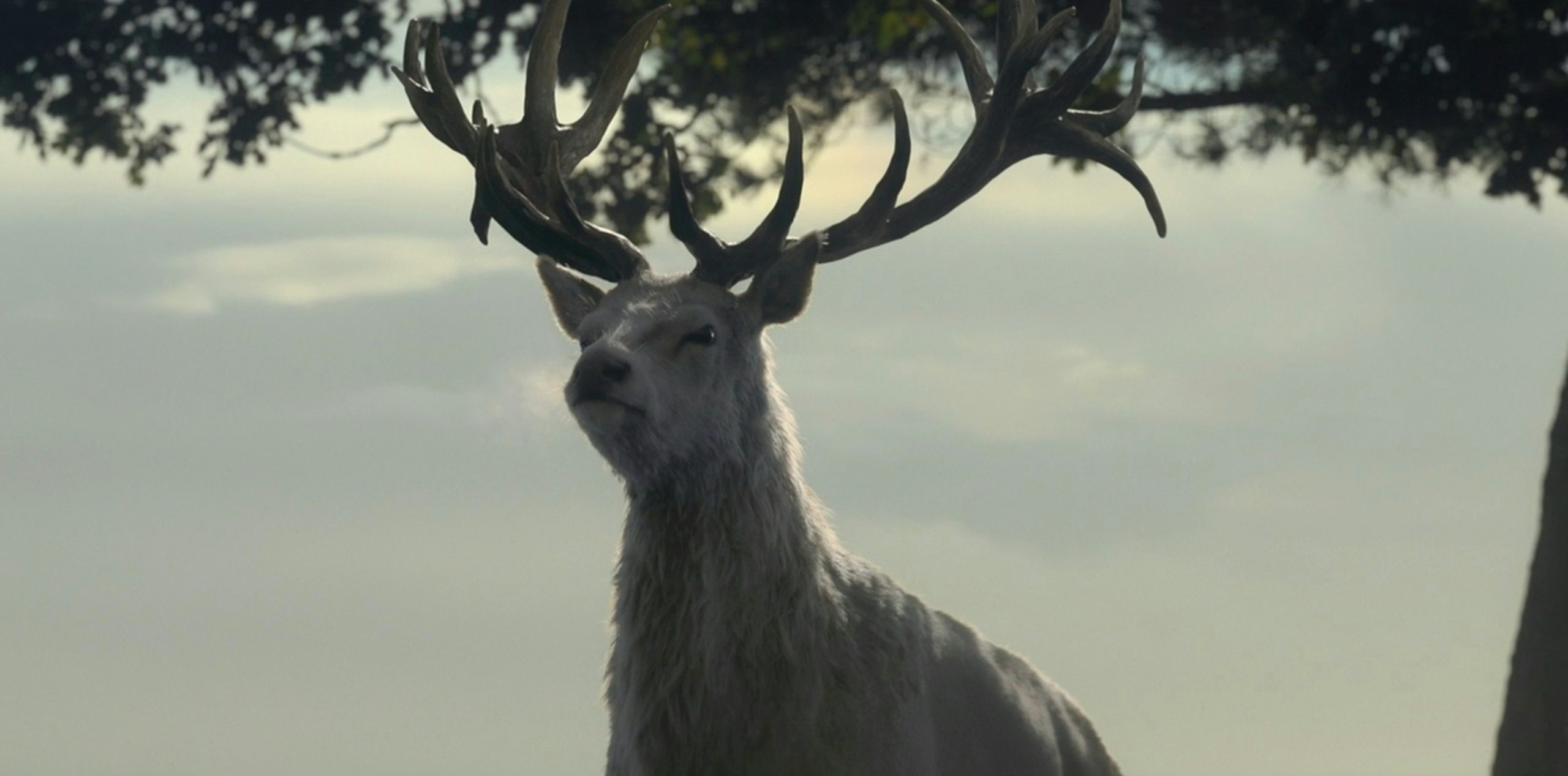
The White Hart’s significance — Within the world of House of the Dragon, white harts are considered rare and magical creatures. In A Game of Thrones, the first installment of George R. R. Martin’s book series, a white hart is spotted during one of King Robert Baratheon’s royal hunts, but Robert only discovers the beast after it’s been devoured by wolves.
The white hart’s demise foreshadows both the disastrous outcome of Robert Baratheon’s reign and how ill-suited his “son” Joffrey is for the Iron Throne. House of the Dragon Episode 3 also uses a white hart for symbolic purposes.
The episode sees Viserys and his huntsmen capture and slay a brown stag instead of the white hart they’d been tracking, which seems to temporarily dissuade Viserys from some of the superstitious thinking he’d been indulging in. Moments later, Episode 3 catches up with a bloodied Rhaenyra Targaryen as she and her bodyguard, Ser Criston Cole (Fabien Frankel), come face-to-face with the white hart that Viserys and his entourage had been hunting.
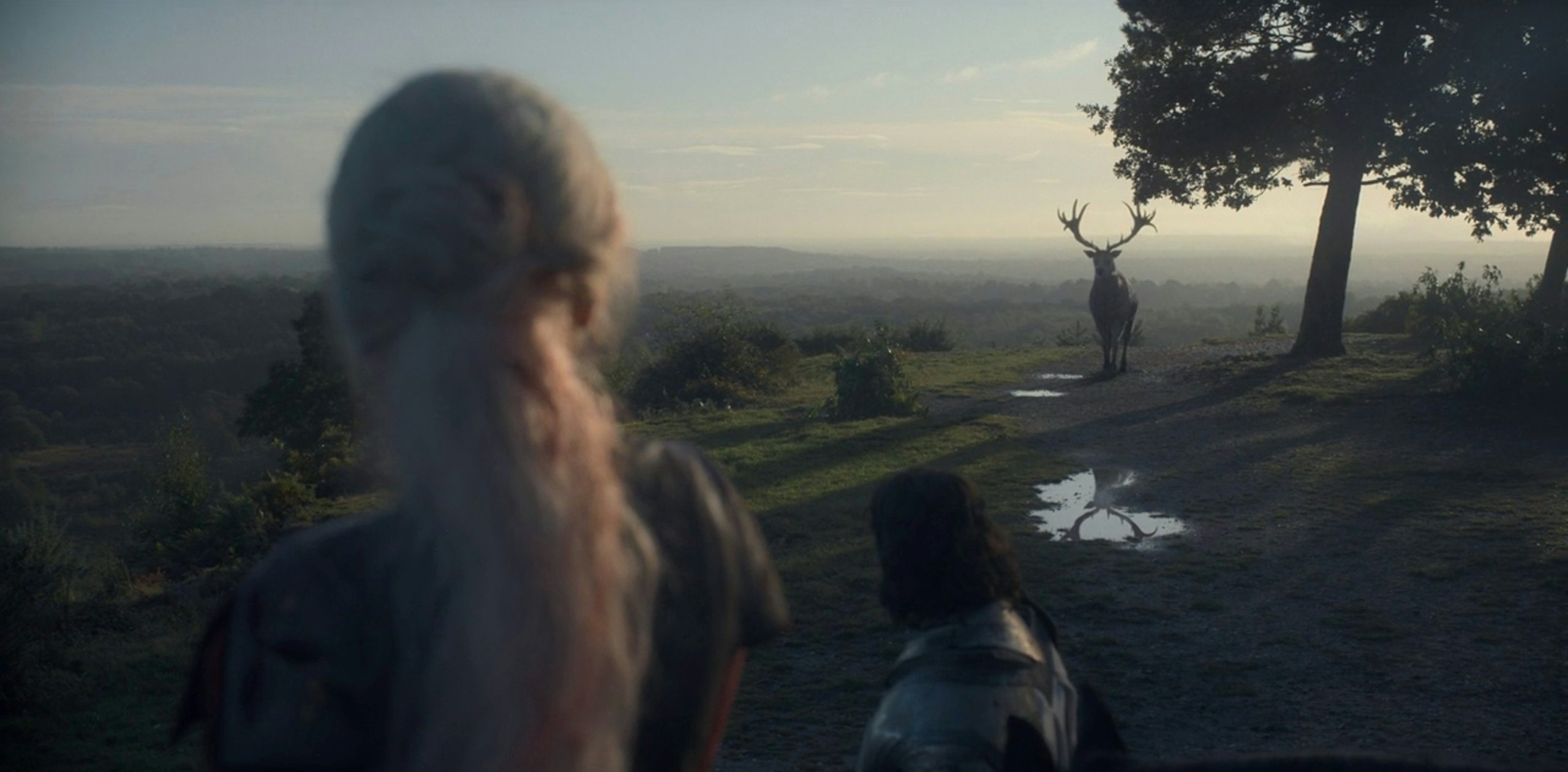
The white hart’s acknowledgment of Rhaenyra is pretty clearly meant to symbolize that she’s the right choice to take Viserys’ place upon the Iron Throne. However, things get a bit more ambiguous when you dissect Rhaenyra’s decision to let the white hart go without trying to slay it.
Is the moment meant to symbolize that, despite being Viserys’ worthiest heir to the Iron Throne, Rhaenyra isn’t capable of being as ruthless as she needs to be to secure her place? Or is it meant to suggest that she possesses a valuable level of restraint and mercy? Alternatively, is Rhaenyra’s decision to let the white hart go just a way for her to give the stag the freedom that she wishes she could have?
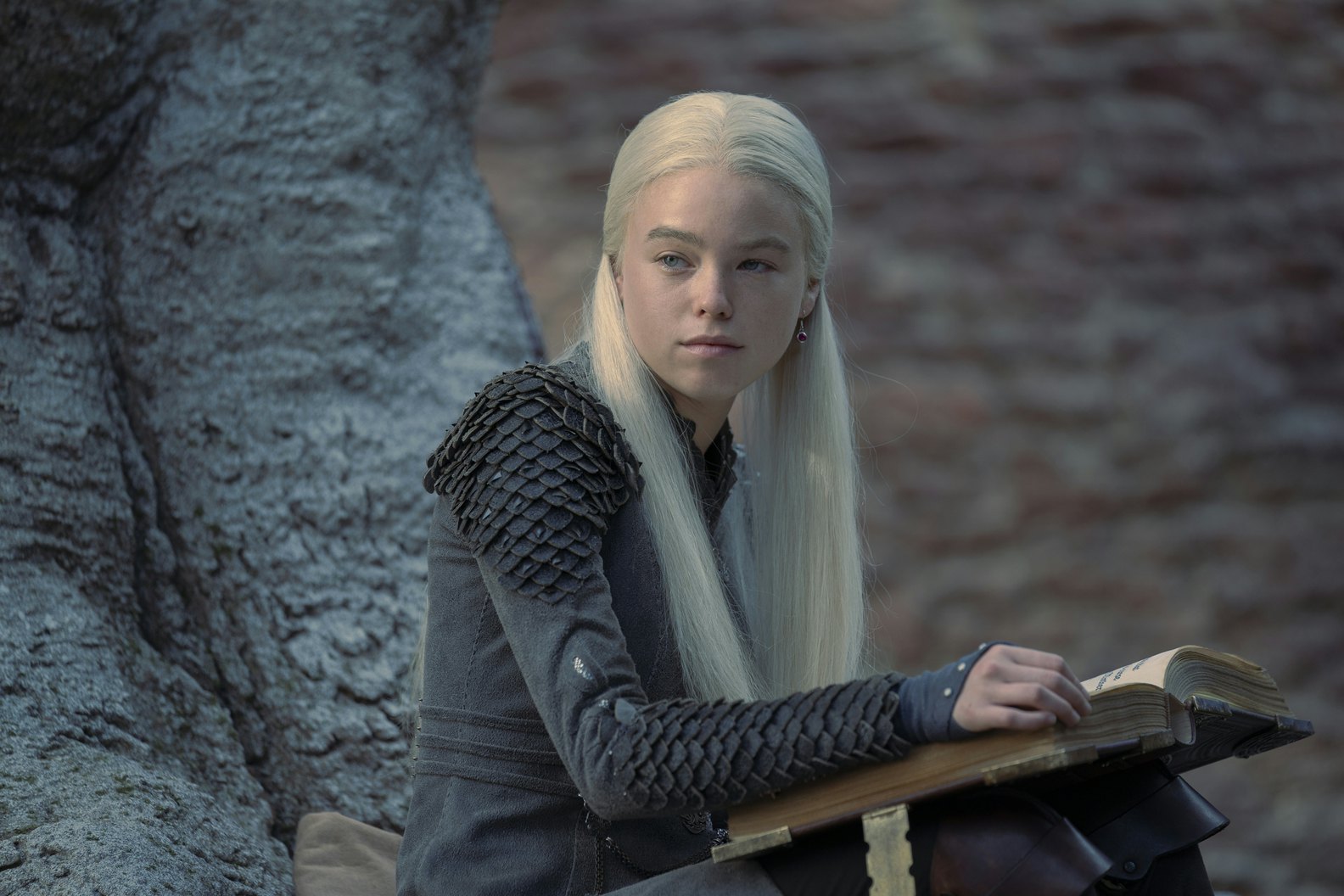
The Inverse Analysis — There’s no single correct answer to those questions. Rhaenyra’s decision to let the white hart go could mean all or none of those things. Still, they’re possibilities to think about as you wait for Episode 4.
Ultimately, however, we’ll probably have to wait to see Rhaenrya’s full story unfold before we actually discover all the unspoken implications of her interaction with the white hart in “Second of His Name.”
New House of the Dragon episodes air Sundays on HBO.







